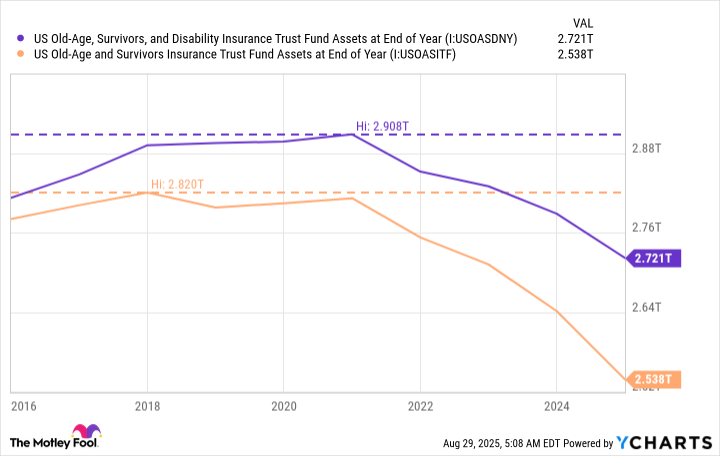Major supermarket chain set to close branch with another 34 stores at risk after ‘struggling financially’
A MAJOR supermarket chain is set to close one of its branches soon, with another 34 also on the way out.
The food store announced the “difficult decision” it has made to close the store next month.
Co-op in Leicestershire’s Derby Road in Ashby-de-la-Zouch will permanently close its doors on Saturday, November 22.
A statement from a Co-op spokesperson read: ” ‘Our store in Ashby-de-la-Zouch will close next month.
“Our priority is to fully support colleagues, who have been informed.
“We would like to thank the community for its support of this store.”
The supermarket giant has come under some fire for some time now for having two of its stores in close proximity with the Ashby Town Centre.
This came after the Central Co-op moved from the top of Market Street to near the existing Co-op.
The spokesperson added: “We carry-out reviews of our existing store locations, and, sometimes, only after very careful consideration, we take the difficult decision to close a store.”
The Central Co-op will remain open, with the next nearest one approximately three miles away in Moira, Swadlincote, Derbyshire.
It comes as the supermarket could shutter another 34 of its stores due to financial struggles.
The Sun previously reported that stores in Braintree, Chelmsford, Basildon, Thurrock and Southend are among other locations that are at risk.
Chelmsford Star Co-op said it is “struggling financially” and needs to merge with the larger Central Co-op society.
Issues are also said to have been “exacerbated” by increases in National Insurance contributions and the living wage.
Late last year, Co-op announced plans for a “portfolio reshape” which included relocation of stores.
The Co-operative has over 7,000 registered branches owned by 17 million members, and is reported to contribute around £35 billion annually to the British economy.
Co-op as an organisation organisation has, like most companies, been hit by the cost of living.
In December last year it was announced 19 Co-operative stores would be shut down across the UK due to “financial sustainability issues”.
The locations, based in various areas around Central England, include Leicestershire, Yorkshire, Norfolk and the West Midlands.
B&M bought three of the 19 stores, while Samy Ltd, a convenience retailer, snapped up 16.
OTHER CO-OP NEWS
This comes as Co-op is rolling out a major change to stores across the country.
The supermarket giant is replacing paper product tags with electronic labels throughout its whole estate over the coming months.
The retailer has already made the change in 340 branches but will roll out the tags more widely.
The chain said 1,500 stores will have the labels by the end of the year and will be rolled out across all its nearly 2,400 by the end of 2026.
The electronic labels are designed and created by VusionGroup, which also works with Asda.
Steven Logue, Co-op’s head of operations, said: “With convenience at the heart of everything we do Co-op is committed to continually exploring innovative technology that can improve how we operate.”
Co-op said the new electronic labels will show allergen and nutritional information and products’ country of origin, as well as deals and savings.
How to save money on your supermarket shop
THERE are plenty of ways to save on your grocery shop.
You can look out for yellow or red stickers on products, which show when they’ve been reduced.
If the food is fresh, you’ll have to eat it quickly or freeze it for another time.
Making a list should also save you money, as you’ll be less likely to make any rash purchases when you get to the supermarket.
Going own brand can be one easy way to save hundreds of pounds a year on your food bills too.
This means ditching “finest” or “luxury” products and instead going for “own” or value” type of lines.
Plenty of supermarkets run wonky veg and fruit schemes where you can get cheap prices if they’re misshapen or imperfect.
For example, Lidl runs its Waste Not scheme, offering boxes of 5kg of fruit and vegetables for just £1.50.
If you’re on a low income and a parent, you may be able to get up to £442 a year in Healthy Start vouchers to use at the supermarket too.
Plus, many councils offer supermarket vouchers as part of the Household Support Fund.





